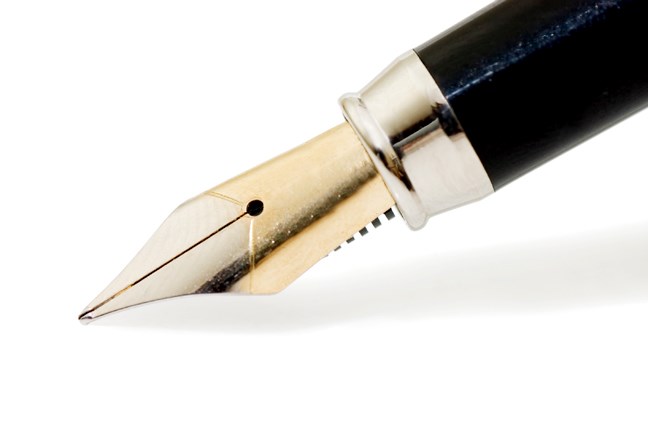Simple math doesn’t always apply when it comes to investment losses.
For example, if your $10,000 portfolio loses 20 per cent (down $2,000 to $8,000), you will need a 25-per-cent gain to regain that $2,000 loss.
And the discrepancy widens sharply the bigger your loss. For example, lose half (50 per cent) of a $10,000 portfolio and you will need to double your money – a 100 per cent gain – to break even.
People like the idea of being able to deduct investment losses. But they often forget to calculate how much their investment must grow to more than cover the losses.
Example: The income from your rental property isn’t enough to cover the cost of the expenses.
“No problem,” you say. “I can claim that loss, which will reduce my income tax.”
Yes, that’s true in most cases. But let’s say you deduct a $10,000 loss, which saves you $3,000 in tax. You will still be $7,000 out of pocket.
If this continues for, say, eight years, you will be down $56,000. Then you sell the property: Your after-tax profit will have to exceed $56,000 to more than break even.
In most cases, the same applies to other investments like mostly income-producing stocks and a business.
Let’s look at capital losses in an RRSP or RRIF. You can’t deduct them against capital gains earned in your plan, an approach allowed outside a sheltered plan. So consider keeping your riskiest investments outside such plans.
As well as trying to avoid losses, reduce their effect by using percentages rather than dollar amounts in (1) a systematic withdrawal plan, and (2) bequests under a will.
That way, the amounts paid out will be based on the investment performance of the portfolio: with (1), the withdrawal plan, typically used when you are relying on your investments to provide an income, you will withdraw less when the portfolio has lost money and more when it has profits. And with (2), your estate, the bequests will automatically be adjusted, again based on the amount in the portfolio.
Mike Grenby is a columnist and independent personal financial adviser; he’ll answer questions in this column as space allows but cannot reply personally. Email [email protected].



